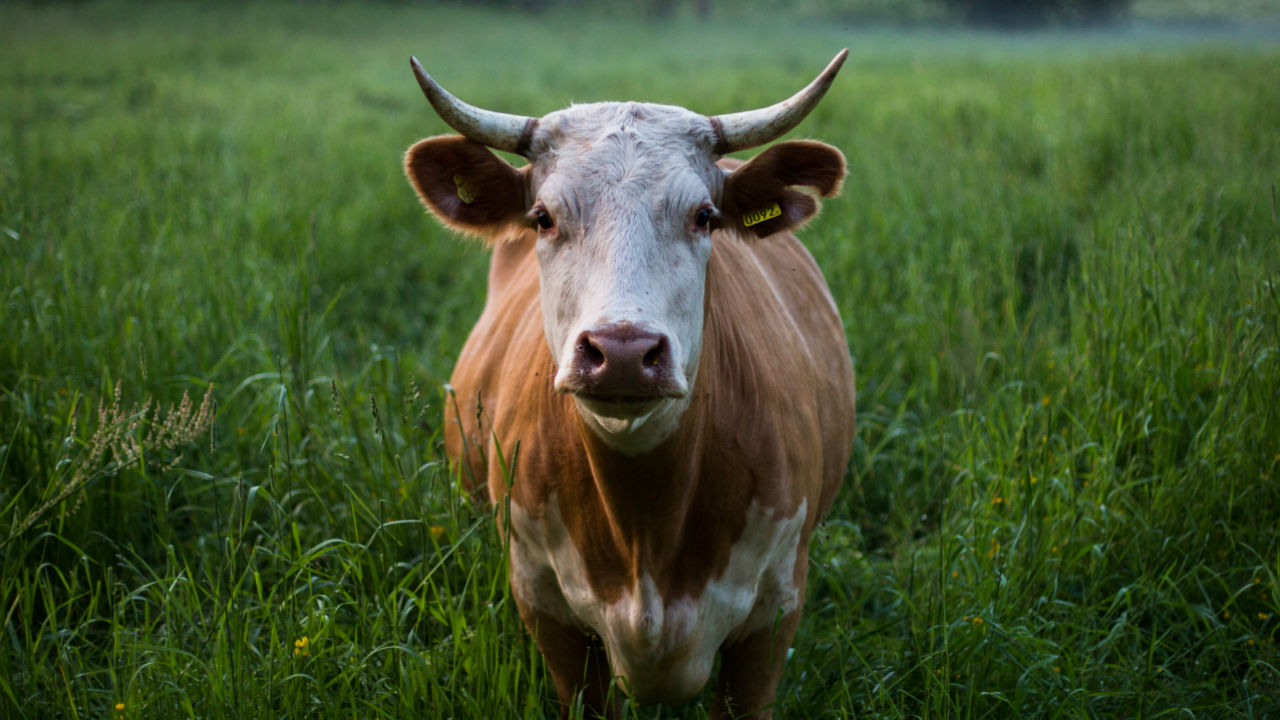 Via Unsplash
Via Unsplash
Have you changed the light bulbs in your house to fluorescents and LEDs? Do you take your own grocery bags to the store? Do you keep your car tuned up and tires inflated? This can increase fuel efficiency by up to 40 percent.(2)
Yes? That's good.
Have you stopped buying bottled water?
You have? That's great. In 2006, it is estimated that the processing of water bottles for American consumption alone required the equivalent of 17 million barrels of oil and the bottling process produced more than 2.5 million tons of carbon.(4)
Want to get more serious about reducing your environmental impact?
Stop flying. If you won’t or can’t stop, never take a private jet, and always book coach. Upgrades to first class on full planes don’t make a difference. Take fewer vacations a shorter distance away.(3)
Food Production and Climate Change
These are responsible choices. But a worldwide reduction of carbon emissions requires a worldwide change not just in habits, but in lifestyle. If you’re serious about climate change, you need to overhaul your diet.
One-quarter of all greenhouse gas emissions can be attributed to food production, and up to 80 percent of that can be attributed to livestock.(6)
Agriculture is the major industry adding toxins to the ecosystem. Over 70 percent of global fresh water is used in agricultural production(1) — think watering crops to feed livestock, providing water for livestock directly, processing meat and dairy, and sanitation. (5)
Food production impacts:(1)
- Habitat change, e.g., depleted rain forests
- Water use
- Overexploitation of fisheries
- Nitrogen and phosphorus pollution
“Agriculture and food consumption are identified as one of the most important drivers of environmental pressures, especially habitat change, climate change, water use and toxic emissions,” reported the United Nations Environmental Programs (UNEP) 2010 report.(1)
It’s Time to Reassess Our Meat and Dairy Intake
Reducing your impact on the planet will cost you some cheeseburgers. Reduce your intake of meat and dairy, especially meat from Brazil, where the Amazon rainforest is cut down to expand grazing land. Deforestation is a top contributor to greenhouse gases.(2)
While you’re cutting back on meat and dairy, try to eat more locally grown organic fruits and vegetables. An estimated 13 percent of greenhouse gas emissions in the United States are attributable to the production and transport of food.(2)
Were there to be a global transition to a more plant-based diet, it would have the estimated effect of reducing food-related greenhouse emissions by 29 to 70 percent by 2050. The same diet could reduce global mortality by 6 to 10 percent.(6)
We would all live longer on a healthier planet.
Moving to a vegetarian or vegan diet is not only good for the environment and human health — a mostly plant-based diet also saves money.
The economic benefits associated with the widespread adoption of a vegetarian diet are estimated to be $28 trillion dollars, and for a vegan diet $30 trillion, by 2050. These numbers are based on a value-of-statistical-life approach. This is an indirect statistical method which calculates the costs needed to save a life.(6)
Does veganism sound daunting? For resources on adopting a vegan diet, check out this EmpowHer article on Vegan Meal Planning.
Reviewed October 7, 2016
by Michele Blacksberg RN
Edited by Jody Smith
1) Assessing the Environmental Impacts of Consumption and Production. UNEP.org. Retrieved October 4, 2016.
http://www.unep.org/resourcepanel/Portals/24102/PDFs/PriorityProductsAndMaterials_Report.pdf
2) 25+ Ways to Reduce Your Carbon Footprint. cotap.org. Retrieved October 4, 2016.
http://cotap.org/reduce-carbon-footprint
3) When it comes to carbon footprints, location and lifestyle matter. October 4, 2016.
http://news.berkeley.edu/2011/04/13/when-it-comes-to-carbon-footprints-location-and-lifestyle-matter
4) Bottled Water and Energy Fact Sheet. PacInst.org. October 4, 2016.
http://pacinst.org/publication/bottled-water-and-energy-a-fact-sheet
5)Livestock water use. The USGS Water Science School. Retrieved October 4, 2016.
http://water.usgs.gov/edu/wulv.html
6) Springmann, Marco et al. Analysis and valuation of the health and climate change cobenefits of dietary change. PNAS.org. Retrieved October 6, 2016.
http://www.pnas.org/content/113/15/4146.full



Add a CommentComments
There are no comments yet. Be the first one and get the conversation started!